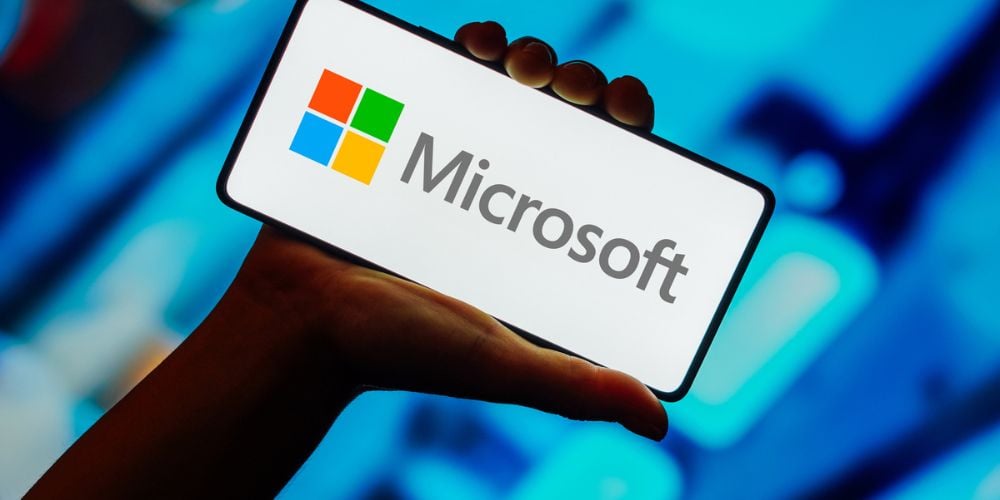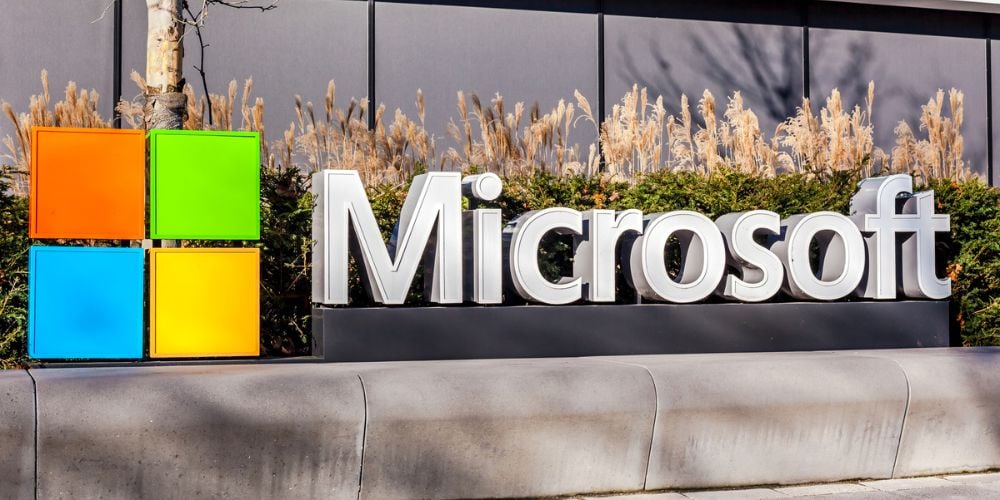In the dynamic landscape of the global tech industry, Microsoft has stood as a colossus, shaping how we engage with technology on a daily basis.
From the operating system that powers millions of computers worldwide to the suite of office productivity tools that support businesses, Microsoft’s influence is undeniable.
Yet, this very dominance sparks a critical debate: Is Microsoft a monopoly? To delve into this question, it’s imperative to weigh the arguments, examine the evidence, and consider the broader implications of Microsoft’s market position.
Understanding Microsoft
Microsoft’s journey to becoming a tech behemoth began in 1975. Over the decades, it has expanded its portfolio to include not just the Windows operating system and Office productivity suite, but also ventures into cloud computing with Azure, professional networking with LinkedIn, and more.
This diversification underscores Microsoft’s strategic move to cement its presence across different segments of the tech industry.
In terms of market share, Microsoft’s Windows operates on roughly 75% of desktop computers globally, a testament to its widespread adoption.
Similarly, its Office Suite is the go-to productivity software for individuals and businesses alike, further attesting to Microsoft’s formidable presence in the market.

Defining Monopoly
Before labeling Microsoft a monopoly, it’s crucial to understand what constitutes a monopoly from legal and economic perspectives.
A company is considered a monopoly if it has significant and durable power over the market for a particular product or service, often evidenced by a high market share and the ability to set prices or exclude competitors.
Furthermore, a monopoly’s status is also gauged by its practices that may prevent market entry or stifle competition.
Is Microsoft a Monopoly?
Historically, the United States vs. Microsoft Corp. case in the late 1990s brought Microsoft’s market dominance under scrutiny, especially regarding its Internet Explorer web browser and the bundling practices with its Windows operating system.
This instance highlighted potential barriers to entry for competitors and raised questions about control over software standards.
Moreover, Microsoft’s dominion in PC operating systems illustrates its capacity to set the stage in software development and distribution, a stance critics argue stifles competition and innovation from smaller entities.
The Counterargument
However, the scenario today is vastly different from the late 20th century. Competitors like Apple and Google have risen, offering parallel and, in some domains, superior products.
These companies challenge Microsoft’s dominance, especially in mobile computing, web services, and cloud computing, signaling a more competitive landscape.
The tech industry’s evolution towards cloud computing also democratizes the playing field, reducing the centrality of operating systems and welcoming innovation.
Additionally, global competition introduces players from outside the U.S., further diversifying the competitive environment.
Regulatory Landscape
Globally, antitrust laws aim to foster competition and prevent monopolies. Recent inquiries into tech giants underscore a regulatory interest in maintaining market health.
Though Microsoft has faced its share of legal battles, it has adapted its practices, emphasizing compliance and fair competition.
Such adaptations reflect a commitment to navigating the complex overlay of global regulations keen on curbing monopolistic tendencies.

Impact on the Market
From a consumer perspective, Microsoft’s market position has dual effects. On one hand, it offers reliability and integration across its product suite that many users and businesses value. On the other, concerns about limited choices and innovation arise from its dominance.
For competitors, the scenario presents both challenges and opportunities. While entering markets dominated by Microsoft is daunting, the tech landscape’s rapid evolution encourage innovation and differentiation, key for newcomers to carve their niche.
In understanding monopolistic practices in the tech context, it’s wise to observe certain indicators. These include significant control over market share, barriers to market entry for competitors, and practices that limit consumer choice or stifle innovation.
Being vigilant about these signs helps in fostering a healthy competitive environment conducive to innovation and consumer welfare.
Frequently Asked Questions
What was the outcome of the United States vs. Microsoft Corp. case, and how did it affect the company?
The case concluded with Microsoft agreeing to adopt measures that ensured fair competition, affecting how it bundled its products but not dismantling the company or its reach.
How does Microsoft’s dominance in certain sectors compare with other tech giants?
While Microsoft holds significant sway in operating systems and productivity software, other tech giants command leading positions in areas like mobile computing, online advertising, and social media, illustrating a diversified competitive landscape.
What are the potential benefits and drawbacks of having a monopoly in the tech industry?
Monopolies could lead to innovation stagnation and limit consumer choices due to the absence of competition. Conversely, they could also afford the stability and investment in innovation, albeit at the monopolist’s discretion.
Can a company be a monopoly if it faces competition, albeit to a lesser extent?
Yes, a company can still be considered a monopoly if it possesses considerable market power and exerts significant influence over the market, even in the presence of competition.
How do global antitrust laws affect Microsoft’s operations worldwide?
Microsoft, like other global companies, must navigate a patchwork of antitrust regulations, adjusting its business practices to ensure compliance and fair competition across different jurisdictions.
What changes has Microsoft made to its business practices in response to antitrust accusations?
Following antitrust suits, Microsoft has adjusted its product bundling practices, increased transparency, and fostered partnerships to promote interoperability and competition.
How do emerging technologies like cloud computing and AI impact discussions about monopolies?
Emerging technologies disrupt traditional market dynamics, introduce new competitors, and reduce the centrality of products historically dominated by giants like Microsoft, thus reshaping discussions about monopolies.
In conclusion, the exploration of whether Microsoft is a monopoly traverses complex terrain, marked by historical legal battles, the evolution of the tech landscape, and shifting regulatory frameworks.
While evidence of Microsoft’s dominant market position is apparent, the context within which it operates today presents a vastly competitive and regulatory scenario that mitigates outright monopolistic characterization.
Conclusion
In answering whether Microsoft is a monopoly, the narrative unfolds with nuance. Historical instances and current practices illustrate a company that has, at times, exhibited characteristics aligning with monopolistic behavior.
However, the shifting dynamics of the tech industry, notably with the rise of formidable competitors and regulatory oversight, paints a complex picture.
At its core, ongoing debate about Microsoft’s market status underscores the essential balance between fostering innovation, ensuring fair competition, and safeguarding consumer interests in the ever-evolving tech landscape.


 Tags:
Tags:










